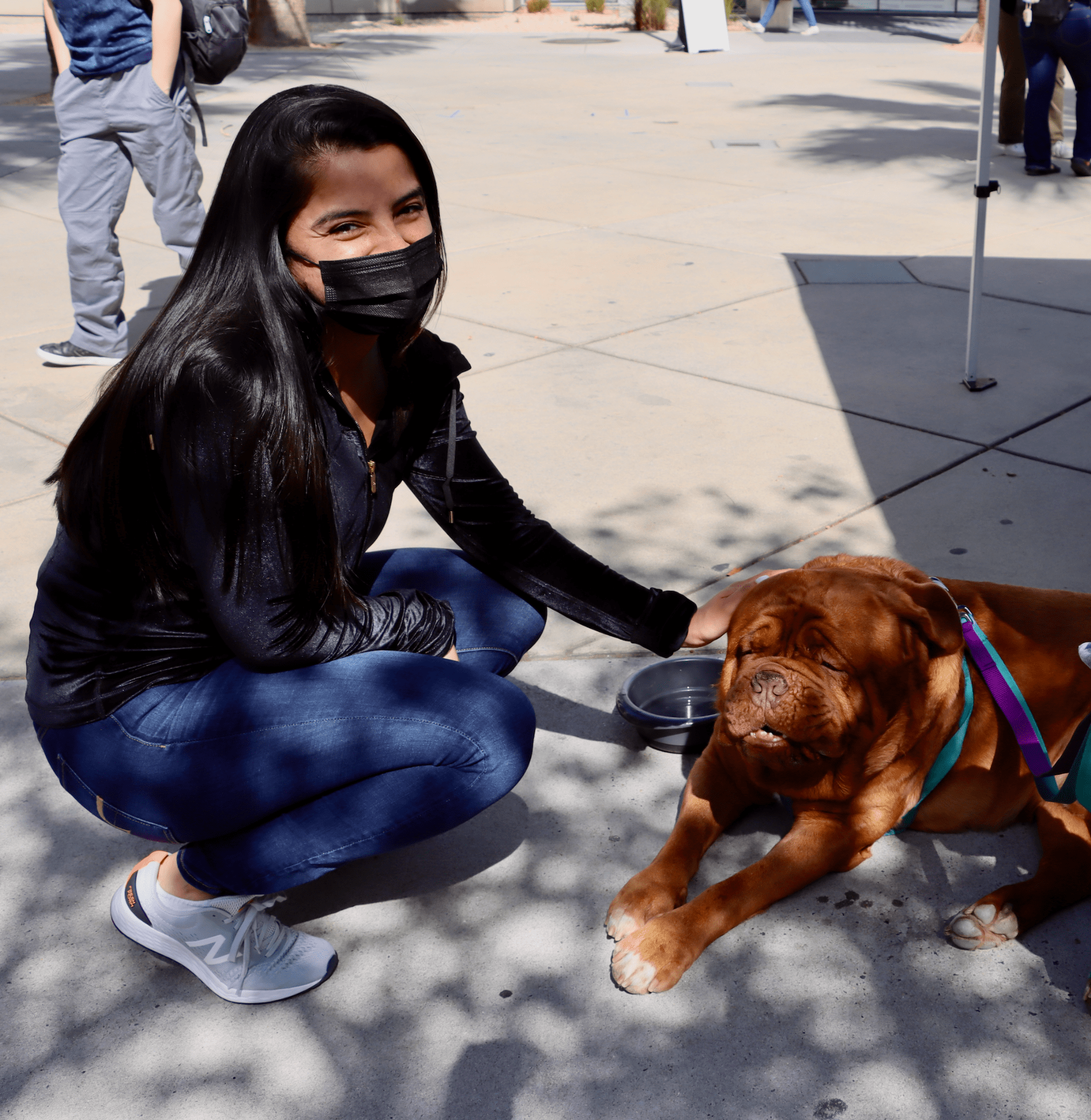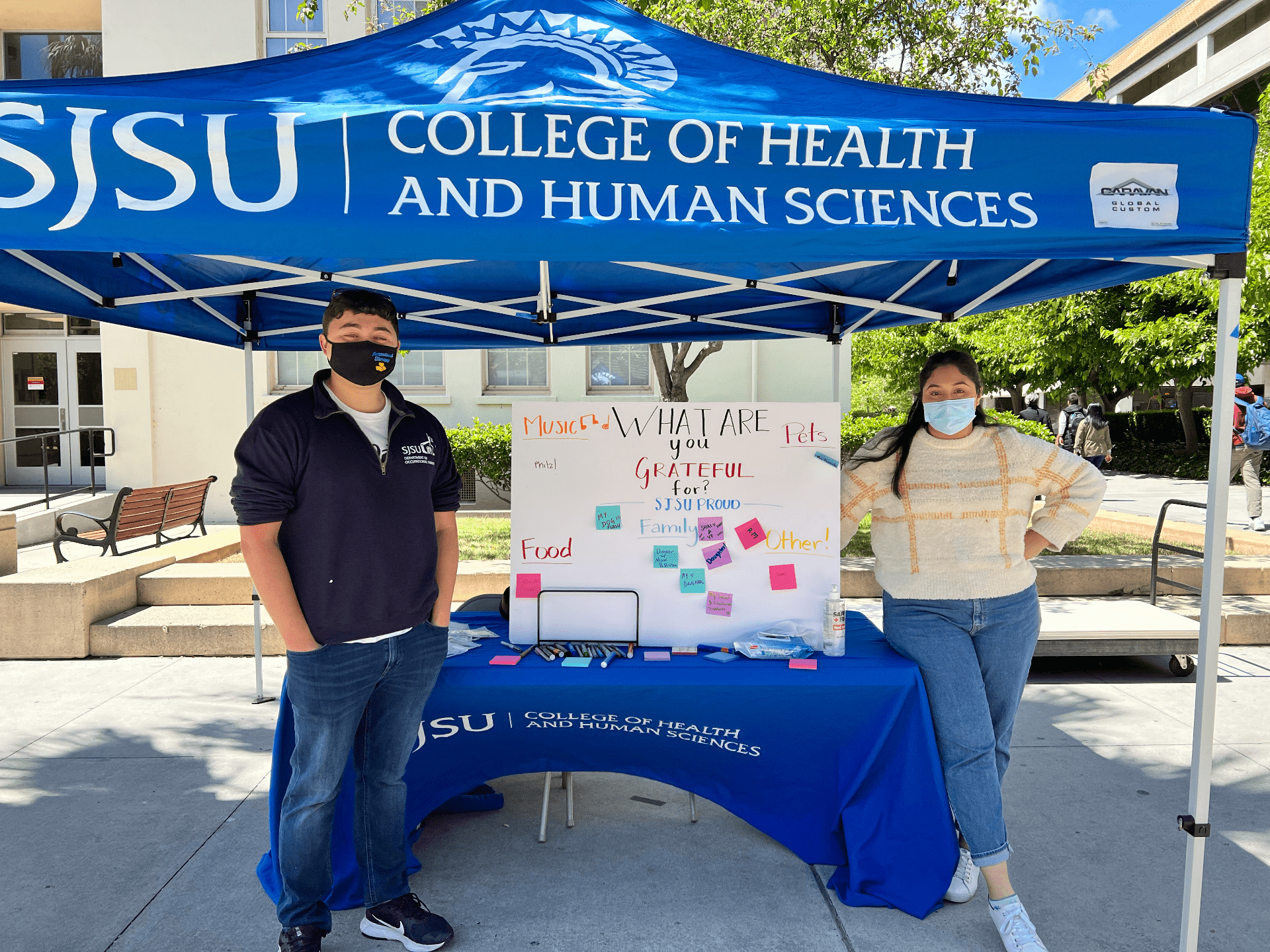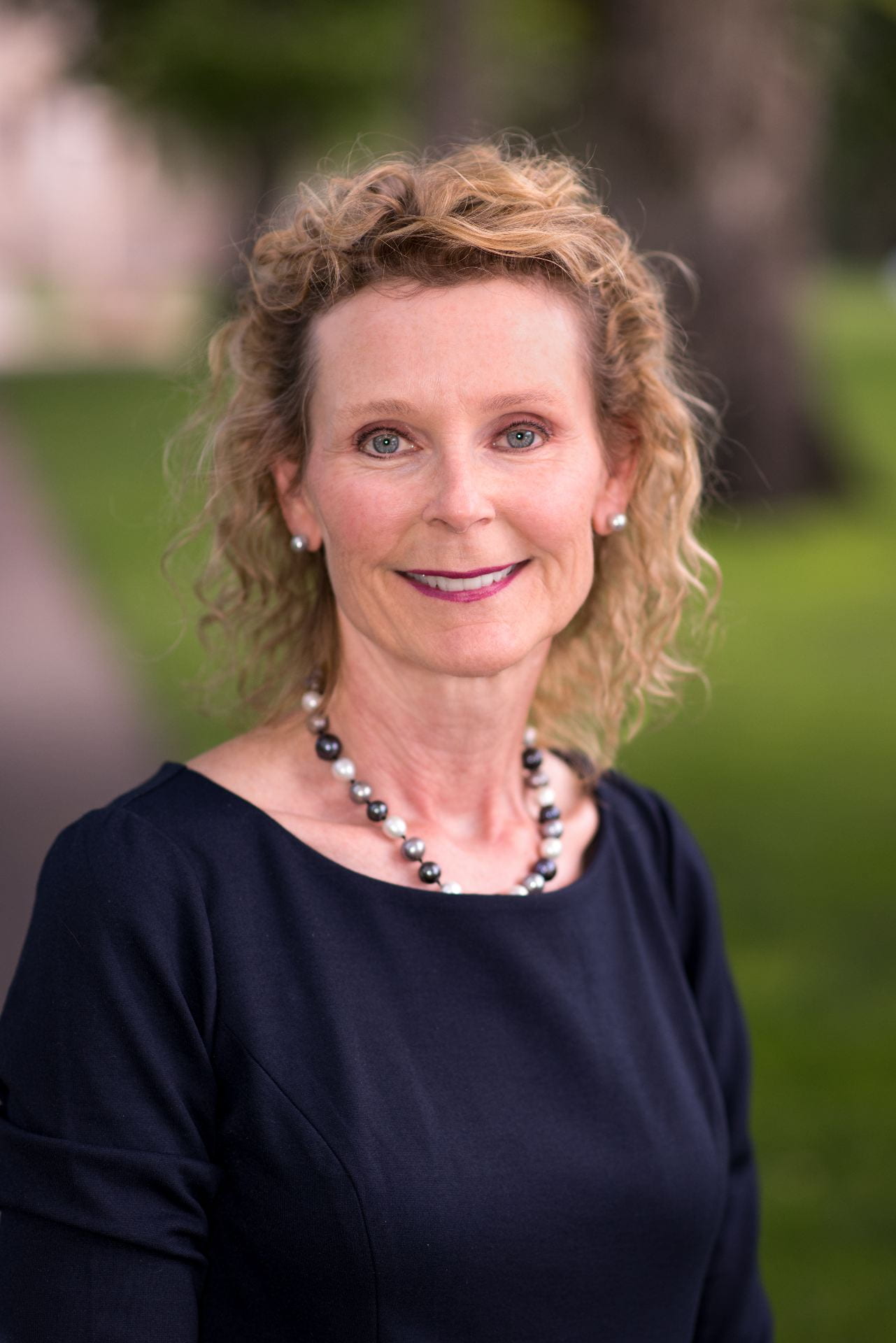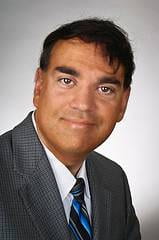By: Maya Carlyle
 Lily (pronouns she/her/hers) is a high school junior in San Jose, CA, with deep roots in the community.
Lily (pronouns she/her/hers) is a high school junior in San Jose, CA, with deep roots in the community.
“Well, both my parents studied at San José State University and graduated from there. It’s a really good school. Also, it’s, like, really close to my house…”
In the evening on February 21st, 2022, she reached out to The Valley Foundation School of Nursing’s general email address (nursing@sjsu.edu) with a request; her email was polite, to the point, and a building block for her future.
I’m very interested in studying nursing in college, and I have been looking for opportunities to gain experience in the field. I was wondering if the school/office would allow me to shadow one of your nurses? If not, I was also wondering if you have any volunteering opportunities or filing/front desk jobs?
When asked why she reached out, Lily replied earnestly: “Well, I just really want to be a nurse, to study nursing in college. I’m not really looking at other paths because…. Well, my mom has had some heart problems, and I was a preemie baby, and I’ve just… I’ve grown up in medical settings, asking questions, helping out, and it just really interests me. I’ve always been interested in pediatrics (because of my own experience), and so I want to help people who are going through that, like the parents and everything.”
“So, I reached out to try to get some experience and see how everything went in a nursing program. I think I was looking up medical places near me and San José State came up and there was an email. So, I emailed them and they responded to me pretty fast, it was pretty easy.”
Between February 21st and March 18th, conversations were had and a date was set; Lily was invited to visit The Valley Foundation School of Nursing, on SJSU Campus.
“Lily was a pleasure to get to know and work with. It was inspiring to hear a young person be so excited about nursing,” commented Dr Lisa Rauch (DNP, PHNA-BC, RN; she/her), current School of Nursing Interim Director and Assistant Professor. “Though shadowing a nurse in a clinical setting wasn’t possible, I was happy to make space for her to visit the school, to talk with our faculty, and to see a nursing class in action.”
Of her visit, Lily said: “It was really fun. I had a tour of the simulation labs, I got to see the lecture part of Professor Edwards’ [Paula Edwards, MS, PHN, ADN, RN; she/her] class, I got to see a skills lab and to see the students using equipment… one was called a volumetric incentive spirometer; you breathe in and it measures lung function. I also saw students practicing a splinting method with a pillow, and practicing mock exams.
“Everyone was so nice, considerate, and welcoming. I was kind of nervous beforehand, but everyone was like ‘Do you want to come see what we’re practicing?’
“My favorite part was… I think just getting to see all the students practicing the skills, and seeing how they liked learning, and the variety of what they get to learn. It was really insightful, and nice to get experience with [what a nursing program is like] … it was really nice to see.”
Lily’s visit has been inspiring to the School of Nursing as well.
“We’re always busy – the faculty are all working nurses as well as teachers, researchers, and scholars. Our hundreds of students are dedicated to their studies and their hands-on work in the field. We are all very focused on educating tomorrow’s nurses. At the same time, we want to keep robust ties with our community,” Dr Rauch reflected. “Lily’s visit was a wonderful illustration of that. Community welcome visits are definitely something we’re thinking about for the future.”





